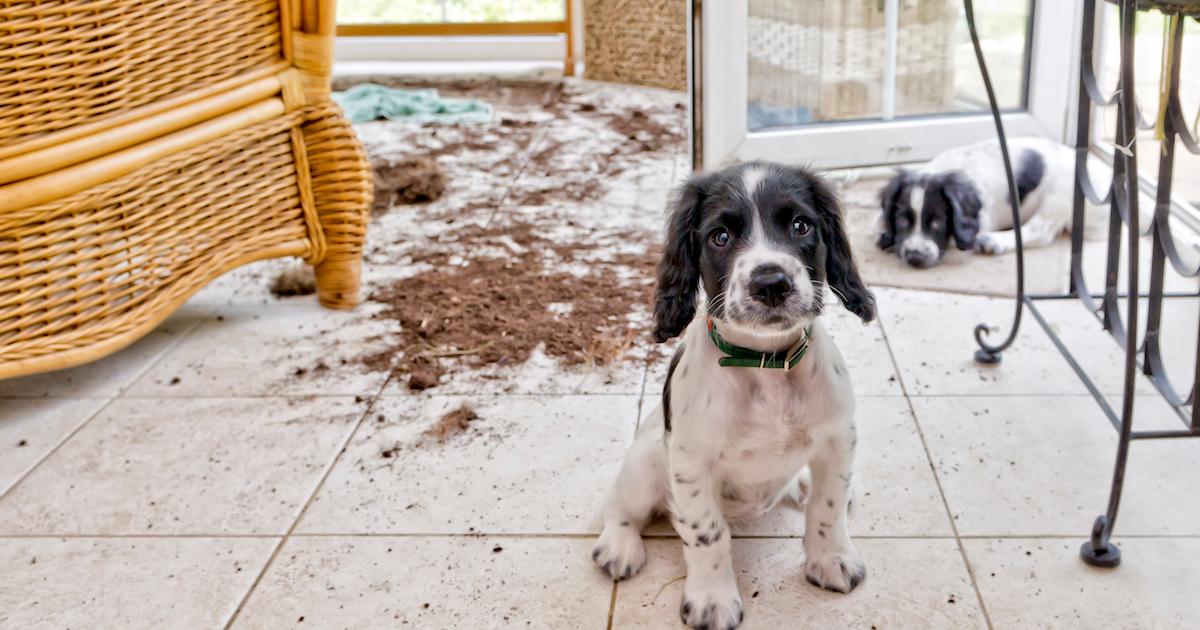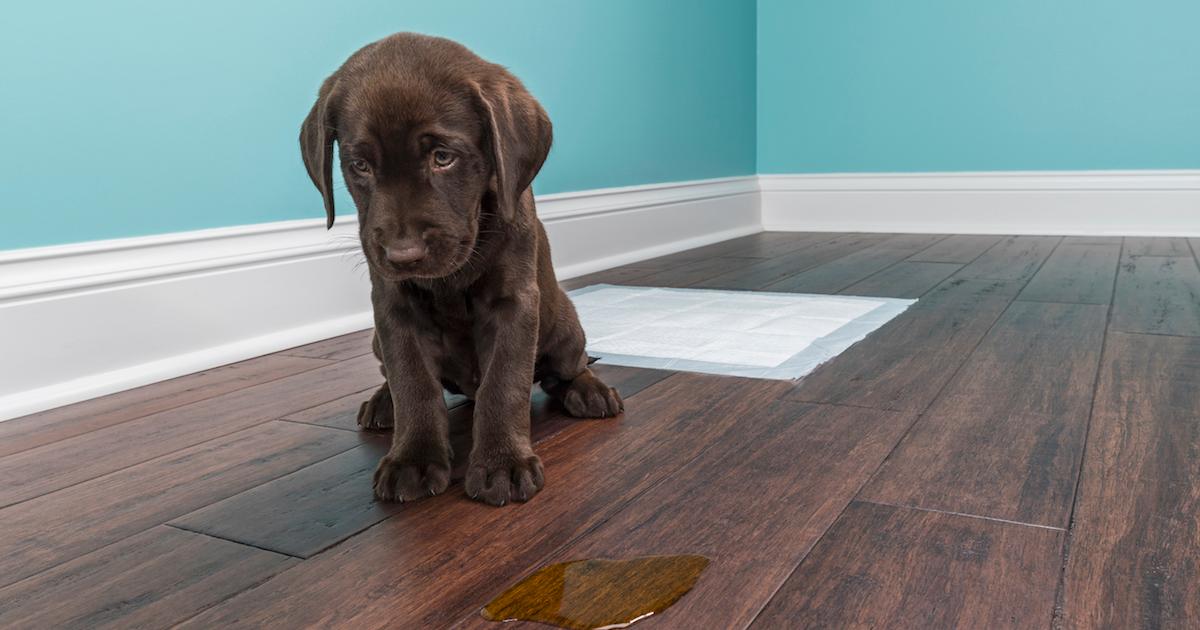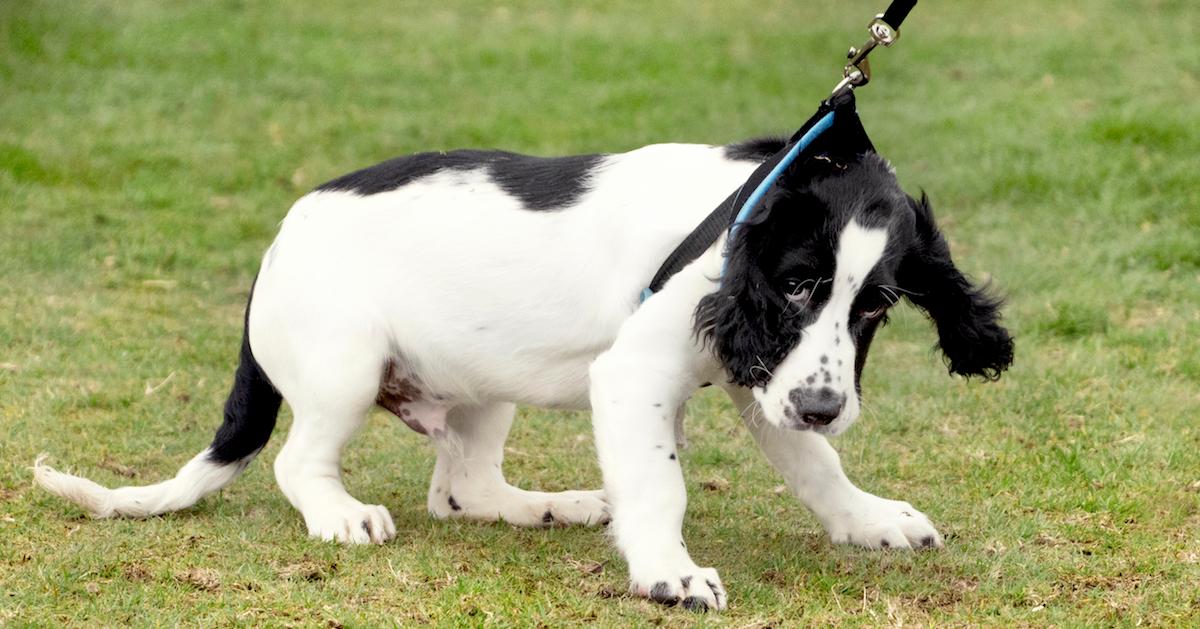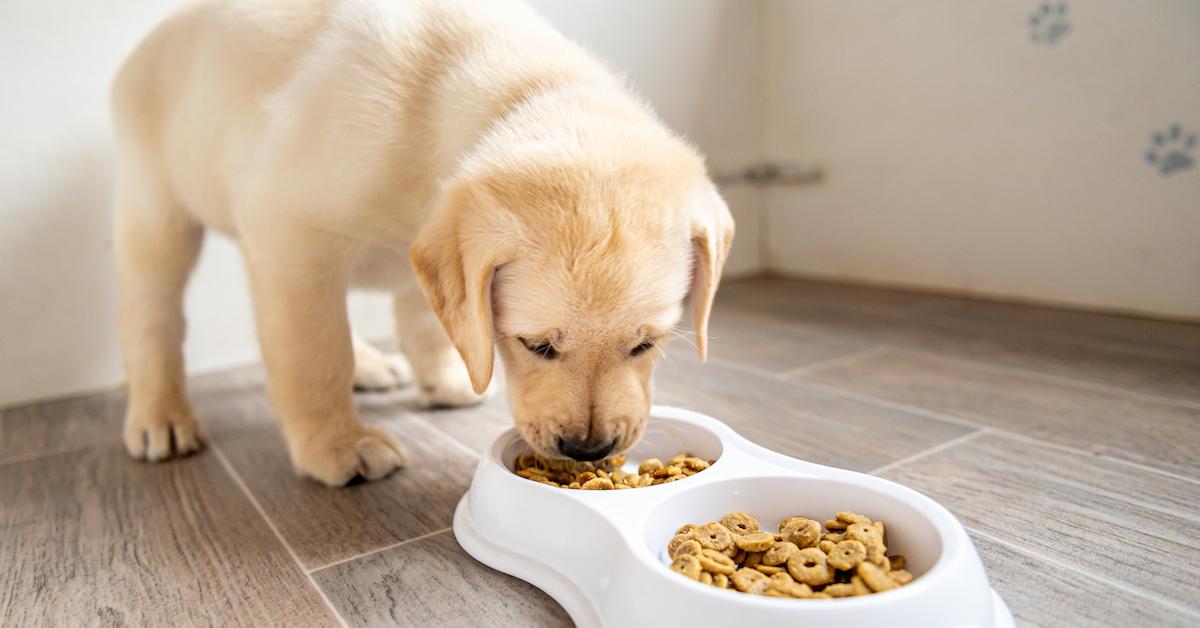How to Punish a Puppy Appropriately — And Reinforce Good Behavior
Published Dec. 9 2020, 4:03 p.m. ET

Even if you’re not a dog person, it’s hard to deny the fact that new puppies are some of the cutest creatures on the planet. Unfortunately, training them is a very different animal. Training a new puppy can be time-consuming, delicate, and frustrating, especially if they wind up chewing up your sofa during the process. Learning how to train is a necessary part of welcoming a puppy to your home, but knowing how to punish a puppy appropriately for wrongdoings is just as important.

Why do puppies chew on everything?
Puppies might be perfectly well-behaved in your presence but the moment you turn your back, chances are they are going to get into all sorts of trouble. Their main thing will probably be chewing. Teething puppies will chew on shoes, socks, furniture, couch cushions, kids’ toys, and just about everything they can get their jaws on. They do this for the same reasons that human children chew on things: so that they can ease the pain and pressure in their teeth.
That said, if you come home to find your favorite slippers torn to shreds, you might not be so understanding of the plight of your adorable new puppy. The same holds true for potty training, especially when your pup decides to pee less than a foot away from their wee wee pad. These situations can be frustrating enough that you might want to lash out or yell at the puppy, but that isn’t always the best way to go about things.

How to punish a puppy appropriately
Consistency is key to all aspects of puppy training. You may be tempted to eschew punishment for a transgression now and again. OK, so they peed on the floor again, and you don’t have the energy to yell — surely they’ll do better next time, right? Wrong! If you let them get away with one thing, then chide them for it the next day, your puppy will be pretty confused. Reinforcing behavior and repetition are key elements of successful puppy training.
What happens if I don’t catch them misbehaving?
If you don’t catch your puppy in the act, it might slow your training down a bit. You can really only punish your puppy if you catch them doing the bad thing. A puppy that has wrecked your whole sofa behind your back won’t know why he is being punished hours later. Heck, he won’t even understand it if you reprimand him 10 minutes later. It’s best to save punishments for times when you can observe them.

Should I yell at my puppy?
Positive reinforcement is the name of the game when it comes to puppy training. Most behavioral experts believe it is more powerful than negative reinforcement. That said, you must be firm with your puppy in order for them to understand you mean business. We’re not saying you need to yell angrily or physically harm them — we’re not advocating that behavior at all. These types of punishments don’t signal a connection to the bad behavior, they only make the puppy think they are physically in danger.
That said, a firm "no" will signal to your puppy that their behavior is not ok. In terms of positive reinforcement, treats are the best way to a puppy’s heart and brain. If you tell them to stop barking or jumping and they do so, give them a treat. If they pee or poop in the yard, give them a treat. The neural connections will be formed far easier with the addition of some food or even praise, and will work better than punishment in the long run.
Should I use timeouts?
Timeouts are not just for human children. Puppies are social creatures and even from the start, their desire to be among us, their humans, can be a strong incentive towards cultivating good behavior. Timeouts can be effective responses to things like bothering other dogs, nipping at small children, or chewing on items they should not be chewing on.

Timeouts can be achieved by saying some sort of trigger word and leading the dog to a place where they will be separated from people and other dogs. Crates are effective timeout spaces, as well, but most timeouts should last no longer than a few minutes. Extended stays in isolation can lead to anxiety or other bad behaviors down the road.
No matter what you do, the greatest tool in a trainer’s arsenal is always going to be patience. Puppies are just learning about the world and their new life with you. The experience may be new for you as well but it’s important to know that if you work together, the relationship will be stronger for it. With the right amount of disciple, your pup will learn habits to keep you both happy and safe.